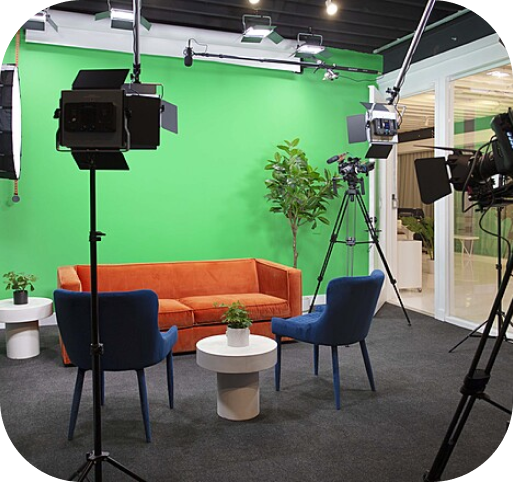Perfecting the Art of Flawless Video Projection on Curved Surfaces for Stunning Graphic Experiences
Perfecting the Art of Flawless Video Projection on Curved Surfaces for Stunning Graphic Experiences
Blog Article
Film mapping is an exciting technique that allows visuals and footage to be projected onto areas, creating breathtaking visual experiences. When it comes to rounded surfaces, perfecting this art can be a bit more difficult than projecting onto flat planes. Curved areas can encompass anything from the facades of buildings to art pieces and even platforms. Grasping how to effectively project videos onto these forms is crucial for artists, designers, and occasion planners who want to create engaging environments that enthrall viewers.
The first step in footage projection on rounded areas is to comprehend the shape of the surface. Rounded surfaces can be intricate, with different degrees of bend. To attain a smooth display, it is vital to build a 3D model of the surface. This model helps in visualizing how the video will look when cast. Software tools are available that allow users to create these models and mimic the display. By precisely mapping the dimensions and shapes of the surface, designers can guarantee that the video matches perfectly without distortion.
Once the 3D model is ready, the next phase is to edit the footage content. This involves modifying the footage to suit the particular shape and size of the curved surface. It is essential to consider the angles and sightlines from which the viewers will observe the display. The material should be designed to enhance the visual encounter, making it captivating and relevant to the concept of the occasion or setup. Using premium visuals and motion graphics can greatly enhance the total effect of the display.
After preparing the content, the real projection procedure begins. This involves placing up the projectors at the appropriate positions and spaces to guarantee that the footage aligns with the 3D model. Calibration is a crucial part of this procedure. It may require adjusting the luminosity, differentiation, and focus of the projectors to obtain the optimal outcomes. Additionally, using multiple projectors may be necessary to encompass larger or more complex areas. This method, known as edge blending, helps create a seamless image across the entire area.
Ultimately, trialing the display is crucial before the final show. This enables designers to make any necessary adjustments to the footage and projector configurations. It is also an chance to see how the audience will experience the display from different perspectives. By confirming that the video mapping is perfect, creators can deliver a remarkable aesthetic experience that creates a memorable impression. Perfecting footage mapping on rounded wikipedia reference surfaces not only enhances creative expression but also creates new opportunities for storytelling and viewer engagement in multiple environments.